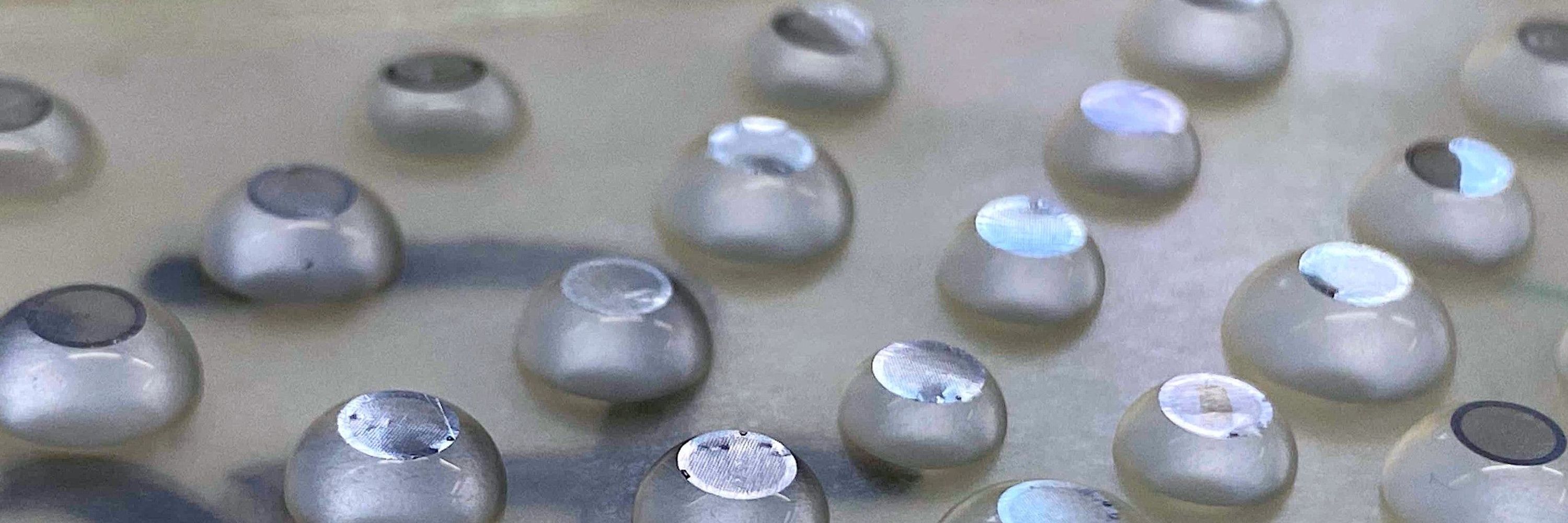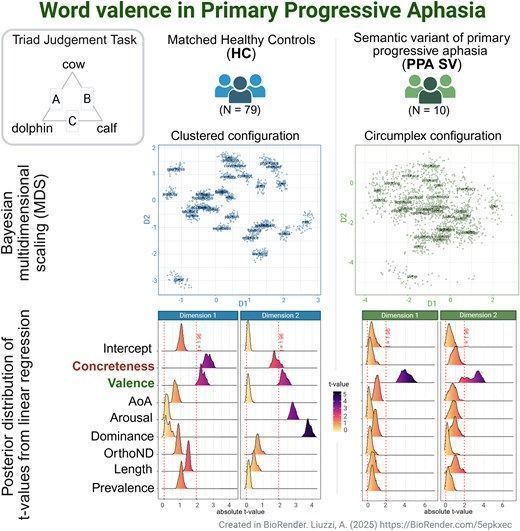Brain Communications
@braincomms.bsky.social
290 followers
35 following
450 posts
Open Access sister journal to Brain. 🧠🧠🧠
Proceeds go to Guarantors of Brain Charity to support the translational neuroscience community.
Join our community of authors, reviewers, prize winners!
Posts
Media
Videos
Starter Packs

























